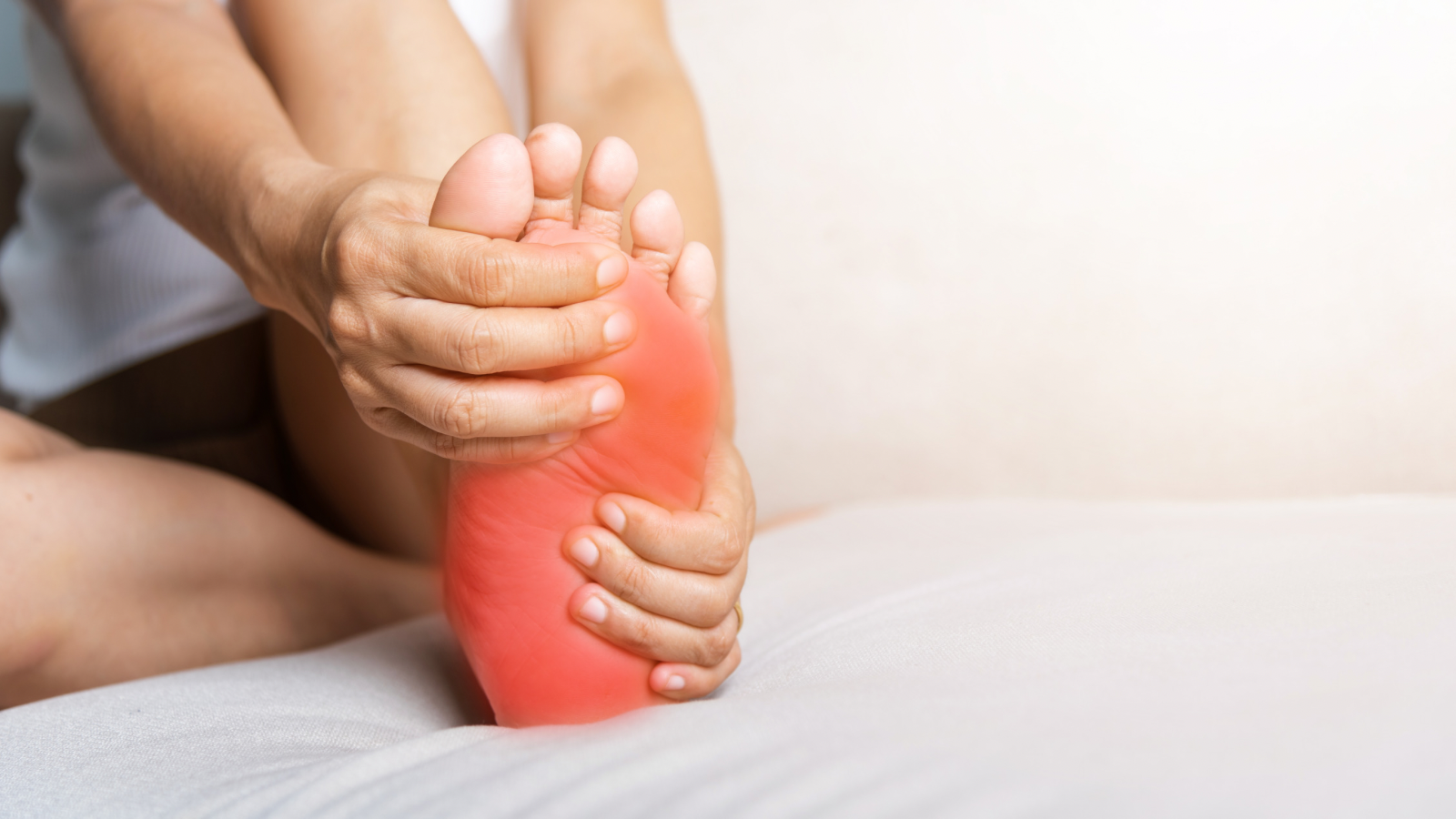What is Peripheral Neuropathy?
Peripheral Neuropathy is a condition where the peripheral nerves are damaged.1 Peripheral nerves are located outside of the brain and spinal cord.1 Mononeuropathy, polyneuropathy, and neuritis are common classifications of peripheral neuropathy.2 Mononeuropathy affects one nerve and polyneuropathy affects two or more nerves.2 Neuritis is an inflammation of a nerve.2 Common symptoms of peripheral neuropathy are weakness, numbness, and pain including descriptions of stabbing, burning, and tingling.1 In general these symptoms occur in your distal extremities such as the hands and feet.1 If autonomic nerves are affected, symptoms may include heat intolerance, lack of or excessive sweating, bowel and bladder problems, and problems with managing blood pressure.1 Peripheral neuropathy can occur for a wide variety of reasons including traumatic injuries, exposure to toxins such as being treated with chemotherapy, infection, genetics, and metabolic conditions including diabetes.1 Medicines and various therapies including physical therapy could be helpful in improving your peripheral neuropathy symptoms.3
How Can a Physical Therapist Help?
- Nerve Glides: When nerves become irritated or damaged, they like to be moved in a big space and nourished via blood flow.2 Physical therapists can prescribe exercises designed to gently glide and increase blood flow to any peripheral nerves that could be causing your neuropathy symptoms.2
- Exercise Prescription: Moderate-intensity exercise might be recommended by your physical therapist to you to improve strength and physical function.2
- Balance and Coordination Activities: Balance and coordination are often impaired in individuals with peripheral neuropathy especially if the feet are being affected.2 These impairments could increase a person’s risk of falling.2 Physical therapists will often work directly with you to improve any balance or coordination deficits.
- Bracing: Bracing may be utilized to protect the injured nerve or help you move safely in your environment to accomplish everyday tasks.2
- Education: Your physical therapist is an expert in movement dysfunction and improving a person’s function. Safety, prevention of future complications, and evaluating alternative ways to perform activities of daily living or work tasks are focuses of a physical therapist’s client education.2
Contact your health care provider if you notice any unusual tingling, weakness, or pain in your hands and feet to receive a proper diagnosis and treatment. If you are looking for mobile, convenient physical therapy treatment, contact us for a free consultation!
References
1Mayo Clinic. Peripheral neuropathy – Symptoms and causes. Mayo Clinic. Published 2019. https://www.mayoclinic.org/diseases-conditions/peripheral-neuropathy/symptoms-causes/syc-20352061
2Guide | Physical Therapy Guide to Peripheral Neuropathy. Choose PT. Published August 26, 2021. https://www.choosept.com/guide/physical-therapy-guide-peripheral-neuropathy
3Mayo Clinic. Peripheral neuropathy – Diagnosis and treatment – Mayo Clinic. Mayoclinic.org. Published 2019. https://www.mayoclinic.org/diseases-conditions/peripheral-neuropathy/diagnosis-treatment/drc-20352067

